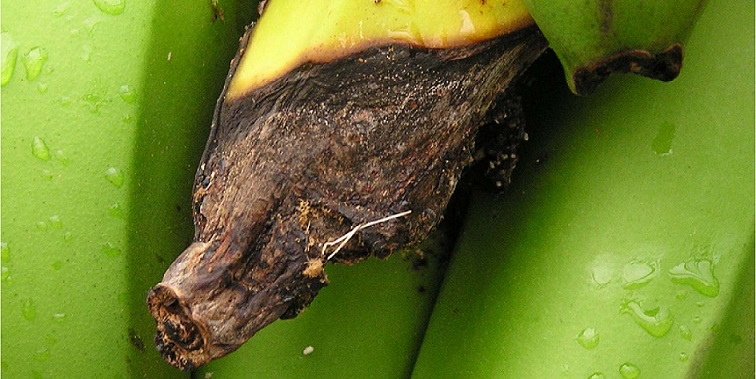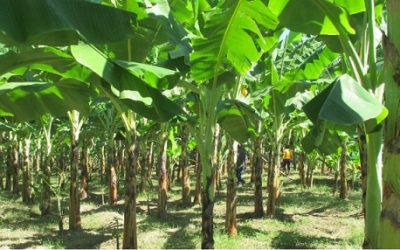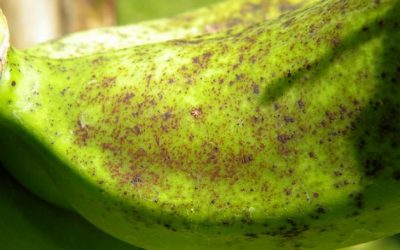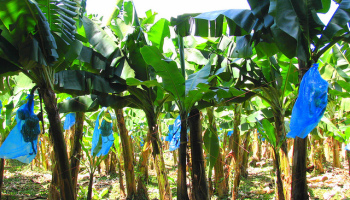Understanding Banana Cigar End rot disease

Cigar end rot is an important disease of banana. The disease is prevalent in almost all banana growing tracts. The disease affects the developing fingers. The tip end of the fingers gets dried up and resembles the greyish ash of a cigar. And such fingers are readily rejected in the market. Therefore, control of the disease is very much important in banana cultivation.
Common Signs & Symptoms include a black necrosis that spreads from the perianth into the tip of immature fingers.The pulp of the affected fruit undergoes a dry rot. The dry rot can spread up to 2 cm from the tip.
The corrugated necrotic tissue become covered with the mycelia of the fungi and resembles the greyish ash of the cigar-end.
If emerging fingers are affected, the entire fingers sometimes get rotten.
The symptoms are characteristic of the disease and can be easily distinguishable from other diseases.
Cigar end rot is caused by the fungus Verticillium theobromae. The incidence of the disease is found to be high during hot season. The fungus is commonly seen in leaf trash and flowers. Conidia are disseminated in air currents and infect drying flower parts.
A black necrosis spread from the perianth into the tip of immature fingers. The pulp of the affected fruit undergoes a dry rot. The dry rot can spread up to 2 cm from the tip. And such fingers are readily rejected in the market.
Ideal management strategy
Field sanitation, such as the removal of dead, hanging leaves from plants, will reduce inoculum level.
The floral remaining should be removed immediately after flower emergence and bunches should be covered with polyethylene bag.
Packing stations and ripening room need to be kept clean to minimize the chances of post harvest infestation.
Infected fingers should be removed immediately.


